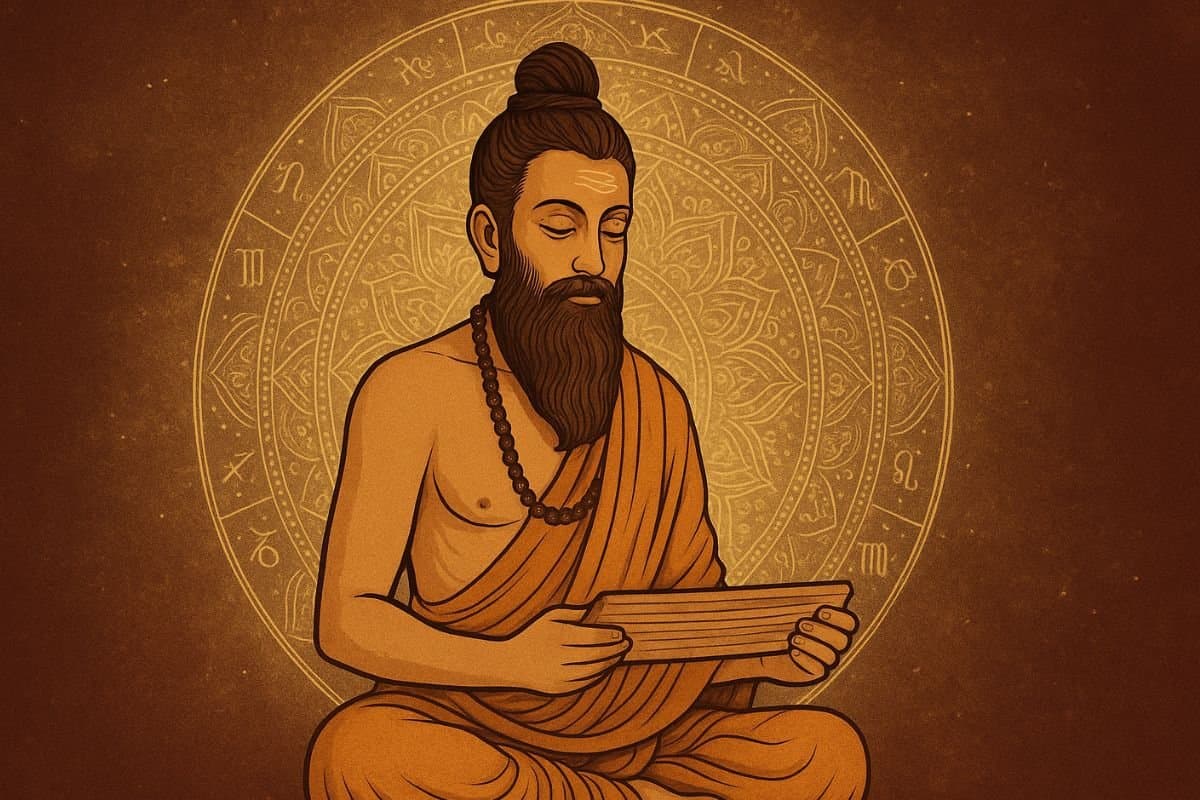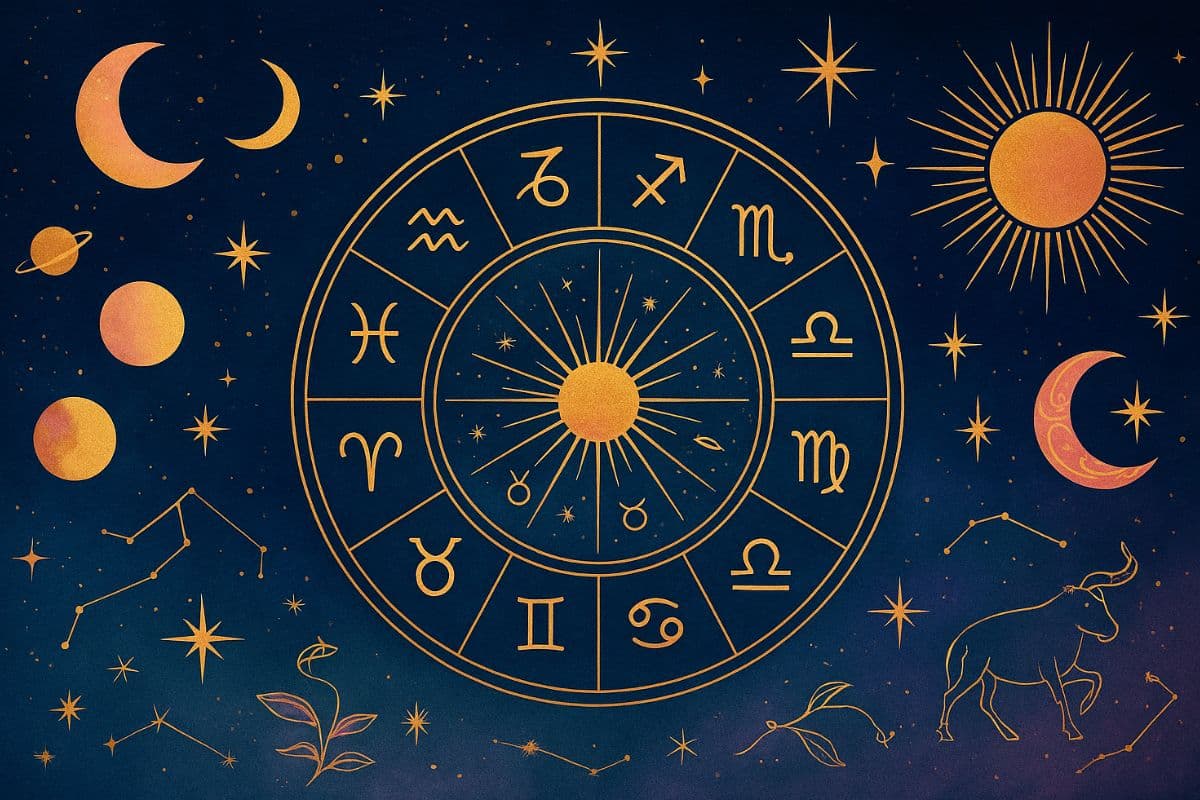Bṛihat Parāśara Horāśāstra: Comprehensive guide to the pillars of Vedic Astrology

The Bṛihat Parāśara Horāśāstra stands as a colossal work in the field of Vedic astrology.
Maharishi Parāśara, a revered yogi and philosophical sage, is known as the father of Sage Vyasa, the author of the epic Mahabharata. His profound contributions to astrology are encapsulated in the Bṛihat Parāśara Horāśāstra (BPHS), a foundational text in Vedic astrology. This monumental work, containing 97 chapters, systematically explores planetary influences, zodiac signs, predictive techniques, and remedies. Below is a detailed summary of some crucial chapters and their themes, providing an essential overview for both astrology enthusiasts and scholars.
Creation and Incarnations: BPHS begins with philosophical discussions about the universe’s creation and various divine incarnations, setting a mythological framework for the ensuing astrological insights.
Planets and Their Characteristics: The text elaborates on the nature, attributes, and effects of the nine significant planets (Navagrahas): Sun, Moon, Mars, Mercury, Jupiter, Venus, Saturn, Rahu, and Ketu, detailing their impact on human life and destiny.
Rashis or Zodiac Signs: The twelve zodiac signs are described with their inherent qualities, effects on personality, and roles within the horoscope.
Bhavas or Houses: Each of the twelve houses in the horoscope governs vital life aspects: health, wealth, relationships, career, and BPHS offers comprehensive interpretations of these sectors.
Vargas or Divisional Charts: The treatise introduces advanced concepts like divisional charts, offering granular insights into specific life areas beyond the natal chart’s primary overview.
Dashas or Planetary Periods: BPHS explains Dashas, the planetary periods that divide an individual’s life, enabling astrologers to predict the timing of significant events accurately.
Yogas: Planetary Combinations: Various planetary combinations, including some like Raja Yoga and Dhana Yoga, signify power, authority, and wealth, greatly influencing life paths.
Transits or Gochara: The text analyses Gochara, current planetary positions relative to natal placements, to interpret upcoming challenges and opportunities.

Remedial Measures: BPHS recommends rituals, mantras, and gemstone usage as remedies to soften adverse planetary influences, offering paths for spiritual and worldly relief.
Nakshatras or Lunar Mansions: Detailing 27 Nakshatras, BPHS associates lunar constellations with specific traits and life impacts, especially via the Moon’s horoscope position.
Predictive Techniques: Astrologers use BPHS’s methods for interpreting planetary placements, aspects, and significations to forecast life trends and events.
Mundane Astrology: The work extends beyond individuals to societal forecasting, including natural disasters and political shifts.
Medical Astrology: It discusses planetary impacts on health and illness, guiding medical prognoses astrologically.
Marriage and Relationships: Astrological factors influencing marriage compatibility and timing are examined.
Children and Progeny: BPHS provides indicators related to fertility, childbirth, and progeny outcomes.
Wealth and Prosperity: The text explores planetary and house influences that affect financial success.
Career and Profession: Career prospects are detailed based on planetary lordships and house significations.
Longevity and Death: Finally, BPHS discusses astrological signs related to lifespan and death timing.
FAQs
1. What are the structure and contents of the BPHS?
The Bṛihat Parāśara Horāśāstra is presented as a dialogue between Maharishi Parāśara and his disciple Maitreya, unfolding critical astrological knowledge across 97 chapters comprehensively.
2. When was the BPHS composed?
Though exact dating remains debated, BPHS is traditionally believed to have been compiled between the 6th and 8th centuries CE, based on oral transmissions passed down through generations.
3. What is the impact of BPHS on Vedic astrology?
BPHS forms the cornerstone of modern Vedic astrology, profoundly shaping predictive techniques, remedies, and astrological philosophy worldwide. Despite questions about authenticity, its influence remains unparalleled.



